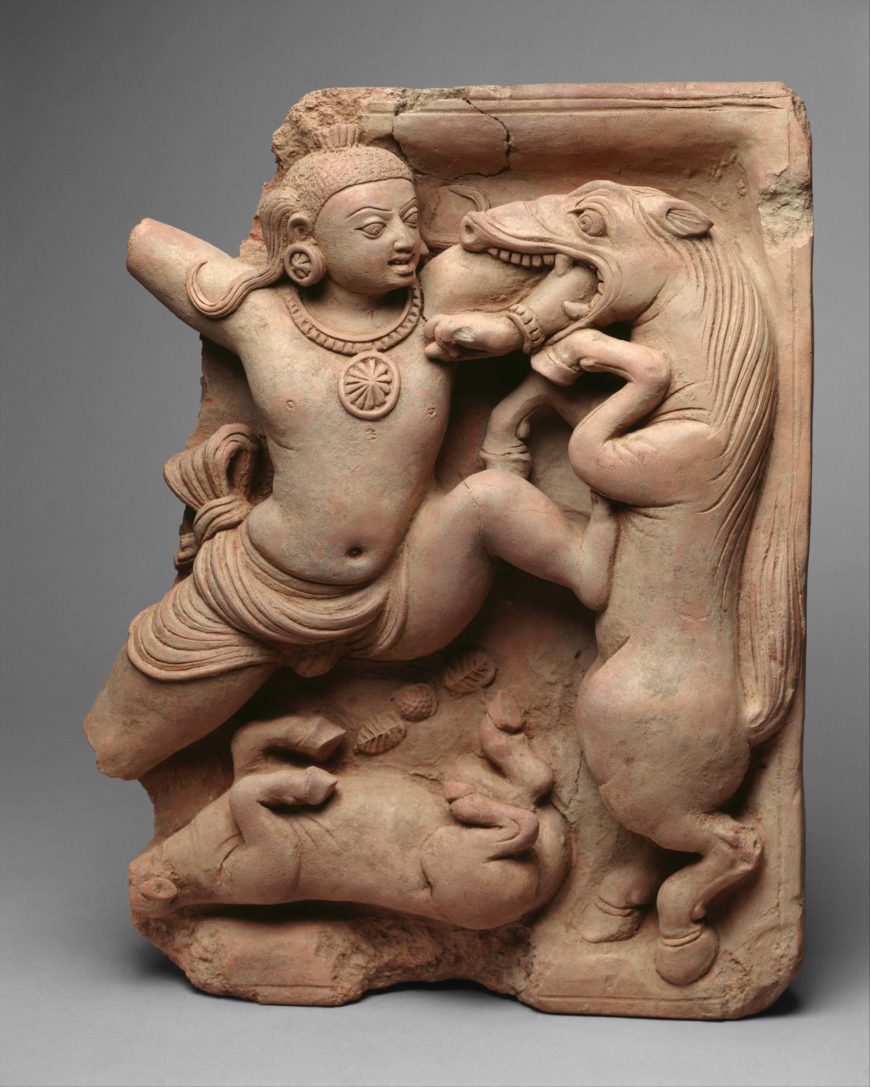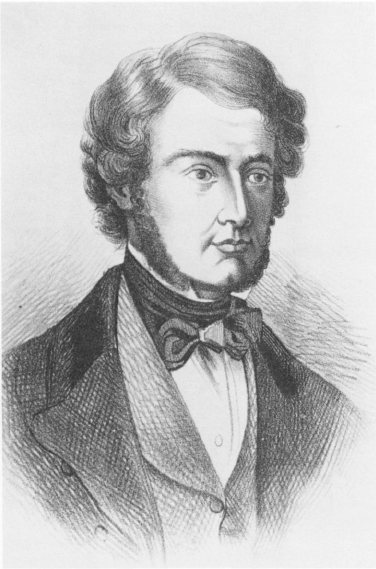
CB1 and CB2 Receptors
The human body’s endocannabinoid system (ECS) was uncovered in 1992. It has been revealed that the ECS is a network of CB1 and CB2 receptors located throughout the body, transporting the cannabinoids. In this system, imagine that cannabinoids are like keys and they fit into ECS receptors like locks. This sets off a process to slow down nerve signals like a dimmer on a light switch.
Phytocannabinoids are found in plants. Endocannabinoids are found in animals, such as those produced by the human body itself. The human body produces endocannabinoids such as anandamide and 2-AG, for example. The ECS can also be supplemented with phytocannabinoids, found in several types of plants, but most abundantly in cannabis.
CB1 receptors are found in the nervous system, specifically at points of communication. Cannabis activates these receptors and slows the release of neurotransmitters at these sites, which can help stop seizures. CB2 receptors are found primarily in organs, such as the liver and spleen, and in cells in the immune system. Activation of CB2 reduces inflammation and pain.
Why is 2-AG an important endocannabinoid?
2-AG, or 2-arachidonoyl glycerol, is found in high concentrations in the brain. An important consideration in 2-AG biology is that it is a significant metabolic intermediate in lipid (fat) synthesis.
Not only is 2-AG found in the brain, but also in the liver, and lungs. However, it is not located in the gut, heart, kidney, or spleen. It is the major source of arachidonic acid used for prostaglandin synthesis.
The prostaglandins are a group of lipids, or fats, produced at sites of tissue damage or infection that are involved in controlling injury or illness. Prostaglandins control processes such as inflammation, blood flow, and the formation of blood clots.
Therefore, cannabis may have wide-ranging and potentially beneficial effects by manipulating 2-AG production in our bodies.
Remember that cannabis is not just made up of THC and CBD, but hundreds of other cannabinoids such as CBN, CBC, and CBG. Terpenes and flavonoids are worthy of consideration too. The entourage effect means a stronger medicinal effect by using whole plant medicine.
THC and CBD
CBD can decrease the negative effects of THC. interacts with CB2 and opioid dopamine and serotonin receptors known to improve immune system, pain, depression anxiety and addiction. People with PTSD can often be marked by a deficiency of anandamide. When they consume THC, it mimics anandamide to the CB1 receptors in the brain, undoing some of the adrenal overdrive of the amygdala and provides symptom relief.
THC affects the body psycho-actively. CB1 receptors are activated throughout the cortex, midbrain, cerebellum and spinal cord. This activation can relieve anxiety, impair memory formation and recall, and slow reaction times. It also provides pain relief, cancer symptom relief, and improves sleep.
CBD is not psychoactive; it actually decreases psychoactive effects of THC. CBD binds to CB2 receptors through the body, as well as opioid, dopamine, and serotonin receptors in the brain. CB2 activation by CBD improves immune system function and provides relief from pain, anxiety, depression, and addiction.
The ECS is the reason why cannabis has a medicinal benefit. It supports our immune and nervous systems in maintaining homeostasis, and regulating appetite, energy levels, memory, and self-preservation. We can moderate this system ourselves either through natural endocannabinoid production stimulation or through the consumption of phytocannabinoids found in cannabis.
Are you ready to take an even deeper dive into the science of this incredible plant? Find out more today from CSC….
Source: Dr. Marty Moore, Honahlee, 2021, https://youtu.be/_DZTgwNGF1Q
An introduction to the endogenous cannabinoid system by Hui-Chen Lu and Ken Mackie. https://www.ncbi.nlm.nih.gov/pmc/articles/PMC4789136/
Prostaglandins. You and Your Hormones. https://www.yourhormones.info/hormones/prostaglandins/



Sonya Reichert
November 7, 2018 at 1:07 pmFugit et eveniet ad omnis enim tempore rerum. Perferendis maiores a culpa sit earum possimus sapiente. Iusto molestiae quisquam sint in aspernatur quod quam.
Chris Karter
November 8, 2018 at 8:41 amCurabitur risus purus, ornare at pulvinar ac, tempor et lacus. Sed a ornare dolor, ac aliquam ipsum. Aliquam dignissim ut lorem eget tristique. Nulla in commodo justo. Vestibulum eu nunc ac metus rhoncus commodo. Nunc ut risus vehicula, egestas diam nec, hendrerit massa.
Chris Karter
November 8, 2018 at 9:30 amSed dolor ligula, dictum ac mattis nec, sagittis non ipsum. Integer sollicitudin nunc vitae nisi facilisis, sed rutrum elit vestibulum.
Dr. Emma Stone
November 8, 2018 at 9:35 amAenean sem quam, malesuada non venenatis non, porta et magna. Donec nec urna eget sapien ornare tristique. Quisque ac accumsan leo. Curabitur elementum ligula in libero dictum, eu placerat lacus posuere.
Ms. Karine Macejkovic DDS
November 7, 2018 at 1:07 pmReiciendis rerum ipsam sed repellendus et aliquid. Animi voluptas esse quis occaecati et et aut molestiae.
Aspernatur minima velit ea quidem magnam praesentium vel. Sit sapiente deserunt quod totam. Cum inventore quis nisi laborum consequatur dicta numquam.
Minima repellendus autem illo unde quaerat necessitatibus. Architecto quod doloremque enim eos voluptate. Dolorem ut consequatur maiores autem doloribus.